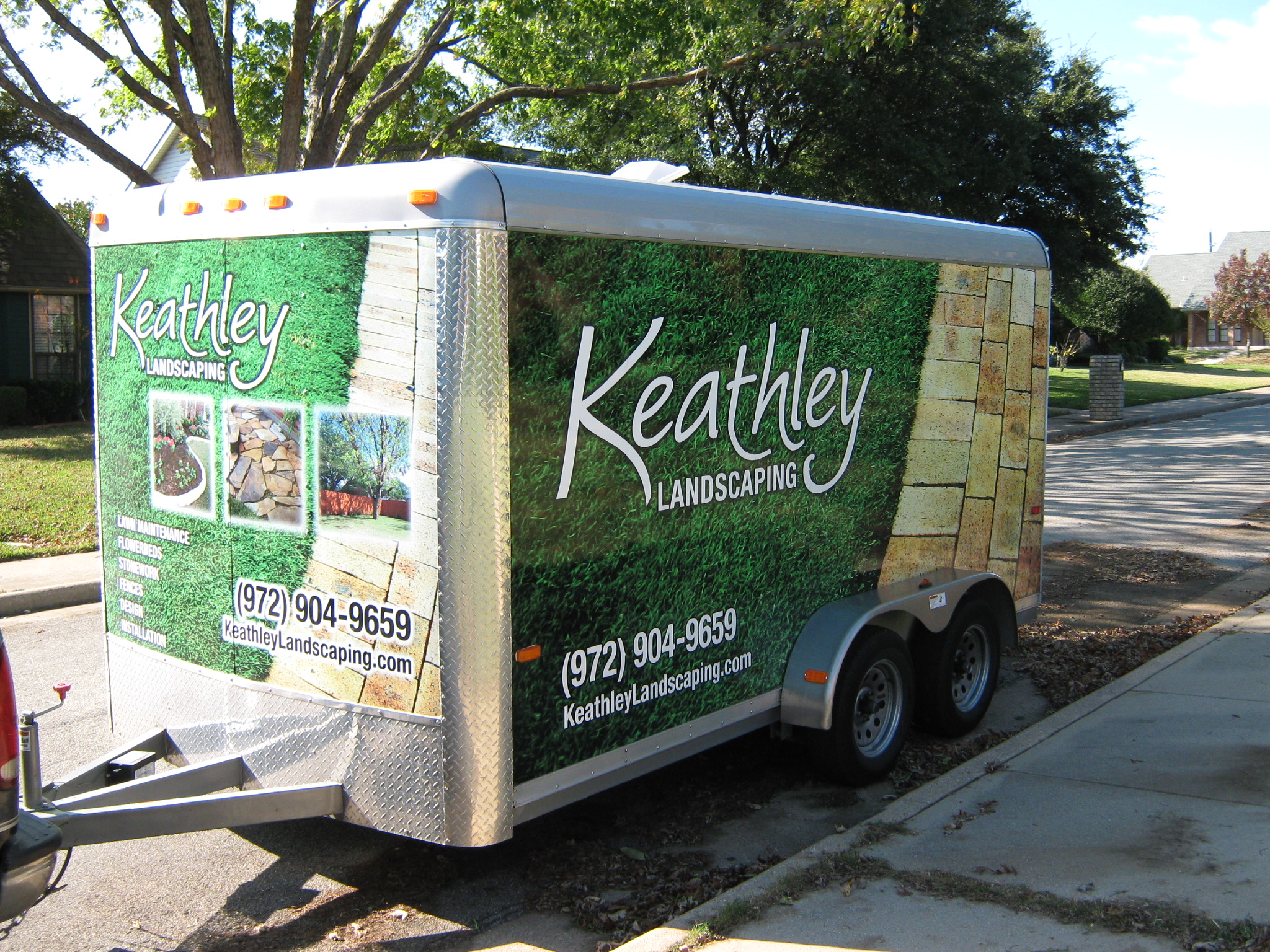How Climate Change is Affecting Yard Drainage Solutions
In recent years, climate change has emerged as one of the most pressing issues affecting our planet. As global temperatures rise, so do the challenges associated with managing and maintaining effective yard drainage solutions. This blog post will delve into how climate change is impacting drainage systems and offer actionable solutions to mitigate these effects.
The Impact of Climate Change on Weather Patterns
Climate change is significantly altering global weather patterns, leading to more frequent and intense storms, unpredictable rainfall, and prolonged droughts. According to the Intergovernmental Panel on Climate Change (IPCC), the frequency of heavy precipitation events has increased since the mid-20th century. These changes can overwhelm traditional yard drainage systems, resulting in waterlogged landscapes and property damage.
Increased Rainfall and Flooding
One of the most noticeable effects of climate change is the increase in heavy rainfall. This can cause significant flooding, especially in areas with inadequate drainage systems. Homeowners are increasingly facing challenges with standing water and soil erosion. For instance, a study by the National Oceanic and Atmospheric Administration (NOAA) found that heavy rainfall events have increased by 20% in certain regions of the United States since the 1950s.
Drought Conditions and Soil Compaction
On the flip side, climate change is also contributing to prolonged periods of drought, which can lead to soil compaction. Compacted soil reduces its ability to absorb water, exacerbating drainage problems when rain does occur. This can lead to surface runoff and increase the risk of flooding during heavy rains.
Understanding Yard Drainage Challenges
With the changing climate, traditional yard drainage solutions are often found lacking. It is crucial to understand the specific challenges posed by your local climate and landscape to develop effective drainage solutions.
Identifying Poor Drainage Symptoms
Signs of poor drainage include water pooling in your yard, foundation issues, and erosion. These symptoms can lead to further problems, such as plant disease and pest infestations. Identifying these signs early can help you take timely action to protect your property.
Factors Contributing to Drainage Issues
Several factors contribute to yard drainage issues, including soil type, landscaping, and construction practices. For example, clay soils tend to retain water, while poorly graded landscapes can direct water towards your home rather than away from it.
Innovative Yard Drainage Solutions
In light of climate change, homeowners and landscapers are turning to innovative solutions to address yard drainage challenges. Here are some strategies to consider:
Rain Gardens
Rain gardens are designed to capture and absorb rainwater, reducing runoff and promoting groundwater recharge. They are planted with native vegetation that thrives in wet conditions, making them both functional and aesthetically pleasing.
Permeable Paving
Permeable paving materials, such as porous asphalt or concrete, allow water to infiltrate the ground rather than running off surfaces. This helps reduce the risk of flooding and improves groundwater recharge.
French Drains and Swales
French drains and swales are effective methods for redirecting water away from vulnerable areas. A French drain is a trench filled with gravel or rock that contains a perforated pipe, while swales are shallow channels designed to manage water flow.
Actionable Tips for Homeowners
Taking proactive steps can help protect your property and improve yard drainage. Here are some tips to consider:
Regular Maintenance
Ensure gutters and downspouts are clear of debris to prevent water from pooling near your home. Regularly inspect your yard for signs of erosion or compaction and take corrective action as needed.
Landscaping Considerations
Choose native plants that are well-suited to your local climate and soil conditions. These plants are often more resilient to extreme weather and require less water and maintenance.
Professional Consultation
Consider consulting with a landscape architect or drainage specialist to develop a customized drainage plan for your property. These professionals can assess your landscape and recommend solutions tailored to your specific needs.
The Future of Yard Drainage Solutions
As climate change continues to alter weather patterns, it is essential to stay informed and adapt to these changes. By investing in sustainable drainage solutions and employing best practices, homeowners can mitigate the impact of climate change on their properties.
Embracing Sustainable Practices
Sustainable drainage solutions not only protect your property but also contribute to environmental conservation efforts. By reducing runoff and promoting groundwater recharge, these practices help preserve local ecosystems and water resources.
Community Involvement
Community involvement is crucial for addressing broader drainage issues. By working together, neighborhoods can implement large-scale solutions, such as community rain gardens or swale systems, to collectively manage stormwater runoff.
Conclusion
Climate change presents numerous challenges for yard drainage solutions, but with the right strategies, homeowners can effectively manage these issues. By understanding the impact of climate change, identifying drainage challenges, and adopting innovative solutions, you can protect your property and contribute to environmental sustainability. Stay proactive, keep informed, and work with professionals to ensure your yard remains resilient in the face of a changing climate.





































Recent Comments